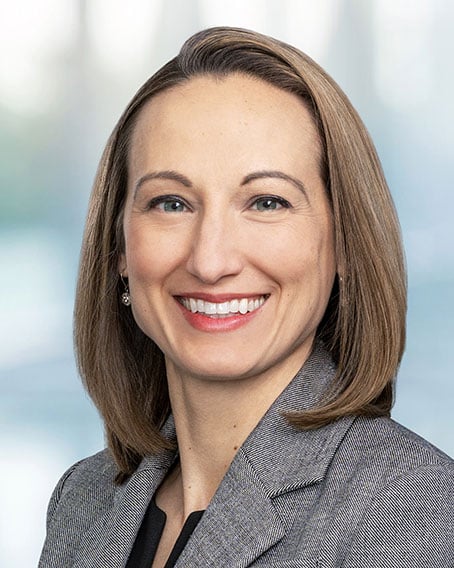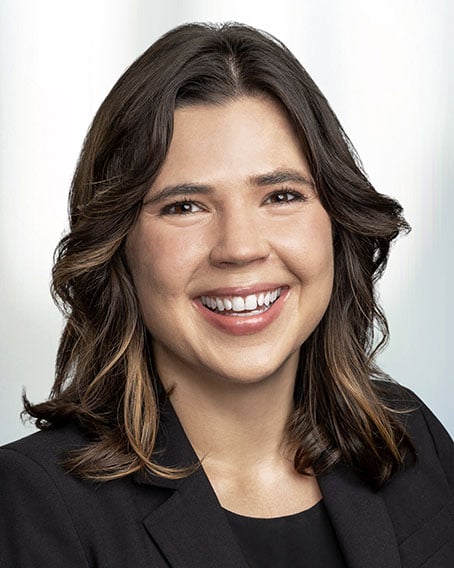Since the NCAA issued its initial interim NIL Policy on July 1, 2021—removing the longstanding restriction on student-athletes receiving compensation for their name, image, and likeness (“NIL”)1—many member schools and student-athletes have been confused and uncertain about how to remain compliant with existing NCAA rules prohibiting “pay to play” and improper recruiting inducement.2 In an attempt to provide clarity on the involvement of member schools in student-athlete NIL deals, on October 26, 2022, the NCAA Division I Board of Directors issued updated guidance on NIL policies (the “October Update”).3 Although the October Update provides some additional information, there are a still a number of questions about what schools can and cannot do in support of their student-athletes. This Alert summarizes the new guidance and provides some going-forward recommendations for athletic departments and coaches.
Permissible and Impermissible NIL Activities
Although the October Update does not create a comprehensive framework or any new rules, it does clarify the boundaries within which each Division I member school must operate to remain compliant. The October Update outlines the role that member schools may have in facilitating relationships between student-athletes and NIL entities (i.e., brands, collectives, and other organizations interested in paying for the benefit of a student-athlete’s NIL), as well as actions that will draw scrutiny from the NCAA enforcement team. These “don’ts” include: (i) actively representing and negotiating NIL deals on behalf of student-athletes and (ii) providing student-athletes certain preferential services with respect to NIL activities.
Not surprisingly, Division I member schools are expected to remain engaged in educating their student-athletes regarding how to approach the NIL landscape. Member schools are also encouraged to provide educational sessions for NIL collectives, boosters, and prospective student-athletes. A non-exhaustive list of permissible activities by member schools includes:
- arranging spaces on campus for NIL entities to meet with student-athletes;
- promoting student-athletes’ NIL activities, so long as either (i) the going rate is paid by the student-athlete or NIL entity (e.g., advertising on a video board), or (ii) there is no value or cost to the member school (e.g., liking a social media post);
- providing (i) “information only” to student-athletes about NIL opportunities, and (ii) student-athlete contact and directory information to NIL entities;
- purchasing student-athletes’ NIL items that are de minimis in value at the going rate paid by the general public;
- sharing stock photos or graphics to student-athletes or NIL entities; and
- working with NIL entities to create marketplaces that match student-athletes with NIL opportunities.
However, member schools are limited in how they facilitate relationships among student-athletes, staff members, and NIL entities. Division I member school staff members—including individuals or entities acting on behalf of the athletics department—are restricted from taking an active role in representing, sourcing, securing, negotiating, or proactively assisting a student-athlete’s involvement with NIL entities. Athletic department staff members at member schools should not (i) be employed by NIL entities, or (ii) provide NIL deals to student-athletes in connection with any separate businesses they own. Coaches should not compensate student-athletes to promote their camps.
Other impermissible activities by member schools include:
- communicating with NIL entities regarding a specific student-athlete’s NIL request;
- developing, creating, executing, or implementing a student-athlete’s NIL activity;
- donating or otherwise providing assets (e.g., tickets) to NIL entities—directly or through athletic boosters—solely to incentivize the NIL entity to engage with student-athletes, unless the assets are provided under sponsorship agreements available to and on the same terms as other sponsors;
- engaging in negotiations on behalf of a student-athlete; and
- providing free services (e.g., graphic design, tax preparation, or contract review) or offering equipment (e.g., cameras, graphics software, or computers) to a student-athlete meant solely to support NIL activities, unless the services or equipment are generally available to the entire student body.
The October Update also clarified the NCAA’s approach to suspected violations by Division I member schools of “pay to play” and other remaining compliance rules, following the change in NIL policy. For any violations that occurred before the October Update, the NCAA enforcement staff will only pursue cases that are clearly contrary to the interim policy. For potential violations occurring after the October Update, the enforcement staff and Committee on Infractions will presume a violation has occurred unless the member school clearly demonstrates that the behaviors in question were in compliance.
Key Takeaways
While there remains much uncertainty about the role of universities and their coaching staffs in supporting a student-athlete’s NIL efforts, there are some steps that Division I member schools can take to help ensure compliance with the latest guidance while, at the same time, supporting their student-athletes in navigating the often overwhelming NIL landscape:
- Member schools should take an active role in educating student-athletes on NIL and related concepts (e.g., entrepreneurship, financial literacy, and social media).
- Member schools are encouraged to provide general NIL education to other key stakeholders on NIL policies, including prospective student-athletes, boosters, and NIL collectives.
- Member schools should exercise caution in communications with NIL collectives, and provide “information only” to student-athletes about NIL opportunities.
- Member schools must ensure that no member of the athletic department (or anyone acting on its behalf) is involved in NIL deal-making with specific student-athletes.
- When permitted by applicable state laws, member schools can and should require student-athletes to report NIL activities to the athletics department. Member schools are required to report NIL activity by student-athletes to the NCAA.
It remains to be seen whether a comprehensive NIL policy framework will come from the legislature or even the NCAA, but, in the meantime, member schools can and should exercise caution with respect to engaging with the NIL activities of their student-athletes and should continue to review and update school policies as new guidance and enforcement data come to light.
- NCAA NIL Interim Policy: A Win for Student-Athletes, but Challenges Remain Ahead, Ropes & Gray LLP (July 2, 2021), https://www.ropesgray.com/en/newsroom/alerts/2021/July/NCAA-NIL-Interim-Policy-A-Win-for-Student-Athletes-but-Challenges-Remain-Ahead.
- NCAA Division I: Institutional Involvement in a Student-Athlete’s Name, Image and Likeness Activities, National Collegiate Athletic Association (October 26, 2022), https://ncaaorg.s3.amazonaws.com/ncaa/NIL/D1NIL_InstitutionalInvolvementNILActivities.pdf.
- NCAA NIL Update: With a Semester of NIL Opportunities in the Books, Trends Emerge and Confusion Reigns (March 1, 2022), https://www.ropesgray.com/en/newsroom/alerts/2022/march/ncaa-nil-update-with-a-semester-of-nil-opportunities-in-the-books-trends-emerge-and-confusion-reigns.
Stay Up To Date with Ropes & Gray
Ropes & Gray attorneys provide timely analysis on legal developments, court decisions and changes in legislation and regulations.
Stay in the loop with all things Ropes & Gray, and find out more about our people, culture, initiatives and everything that’s happening.
We regularly notify our clients and contacts of significant legal developments, news, webinars and teleconferences that affect their industries.



